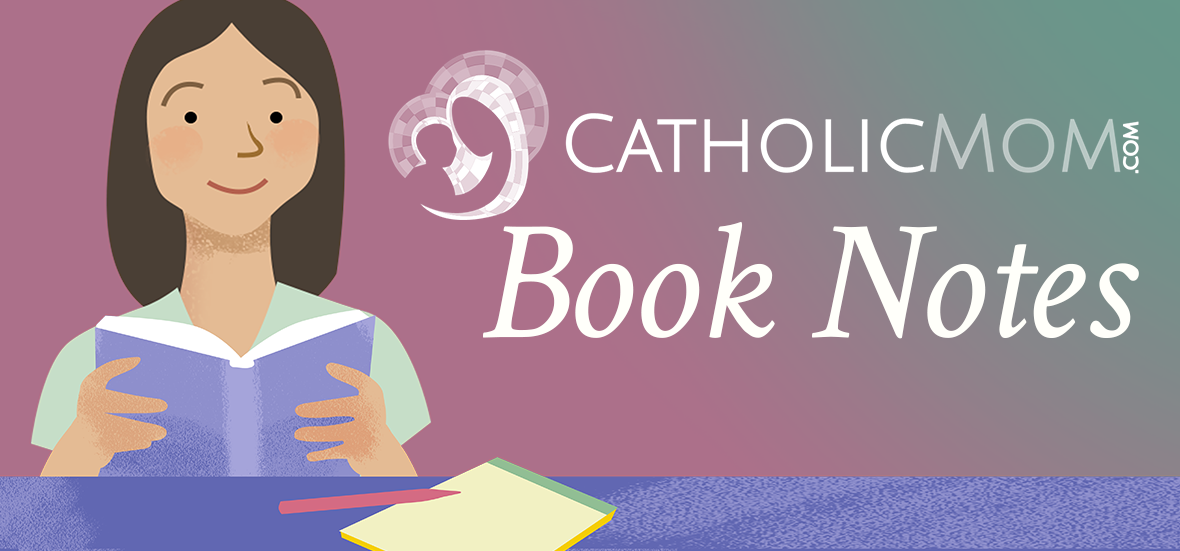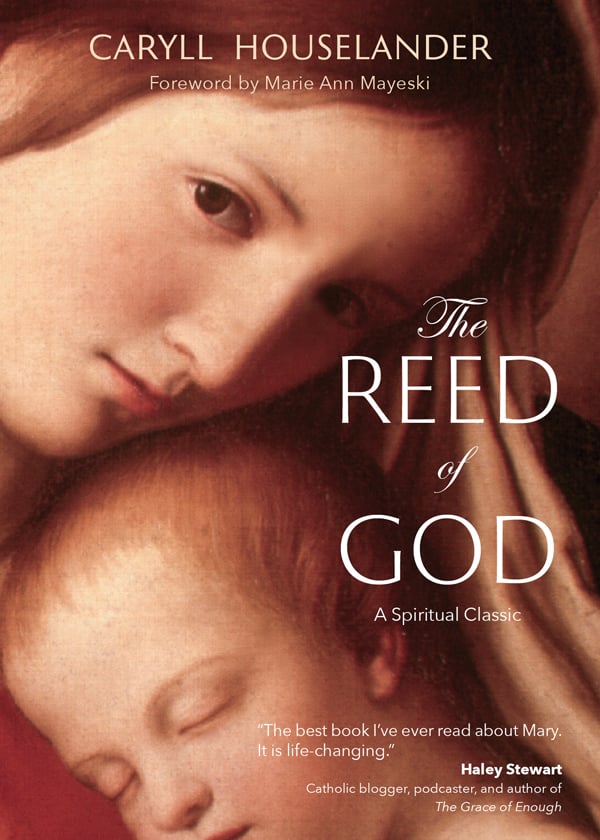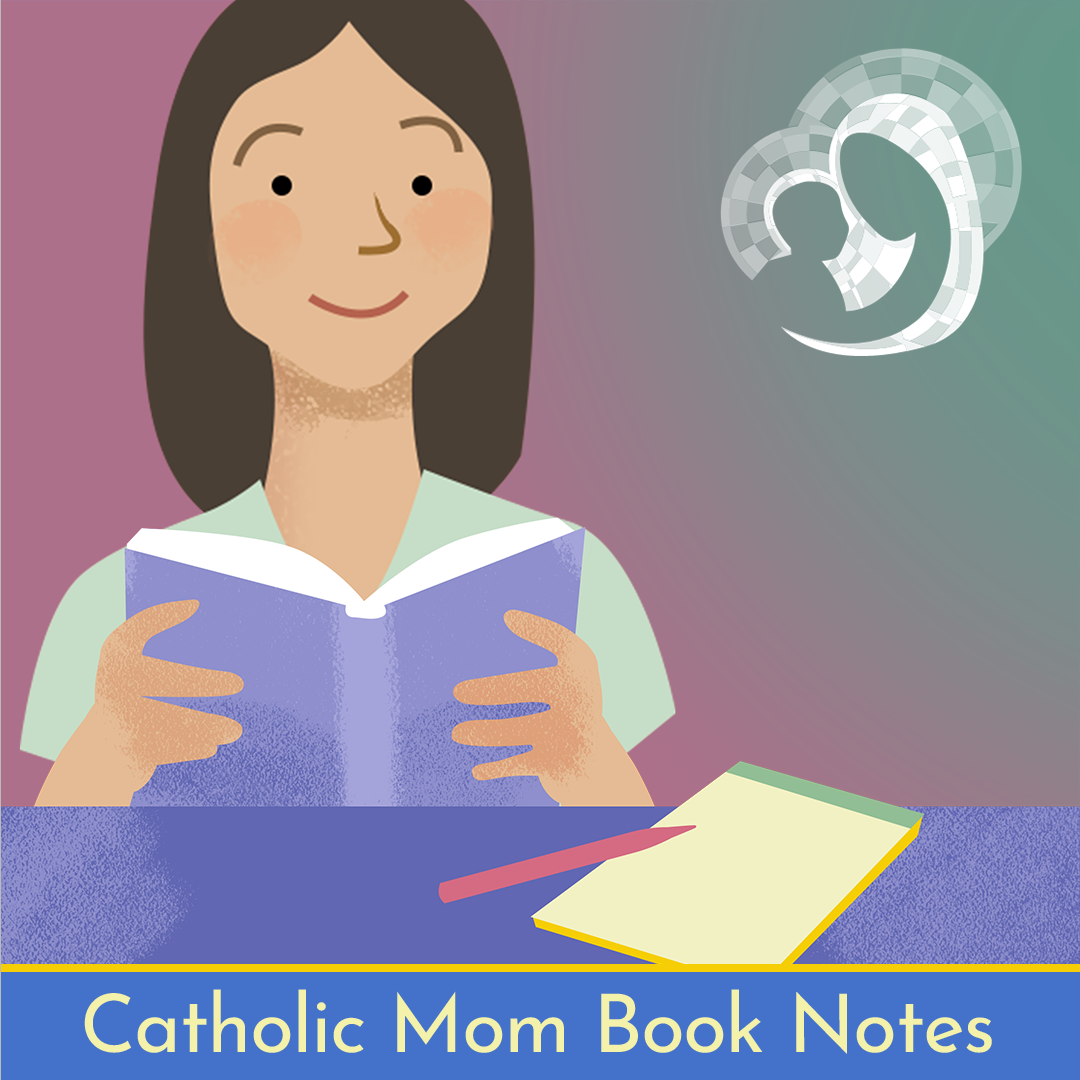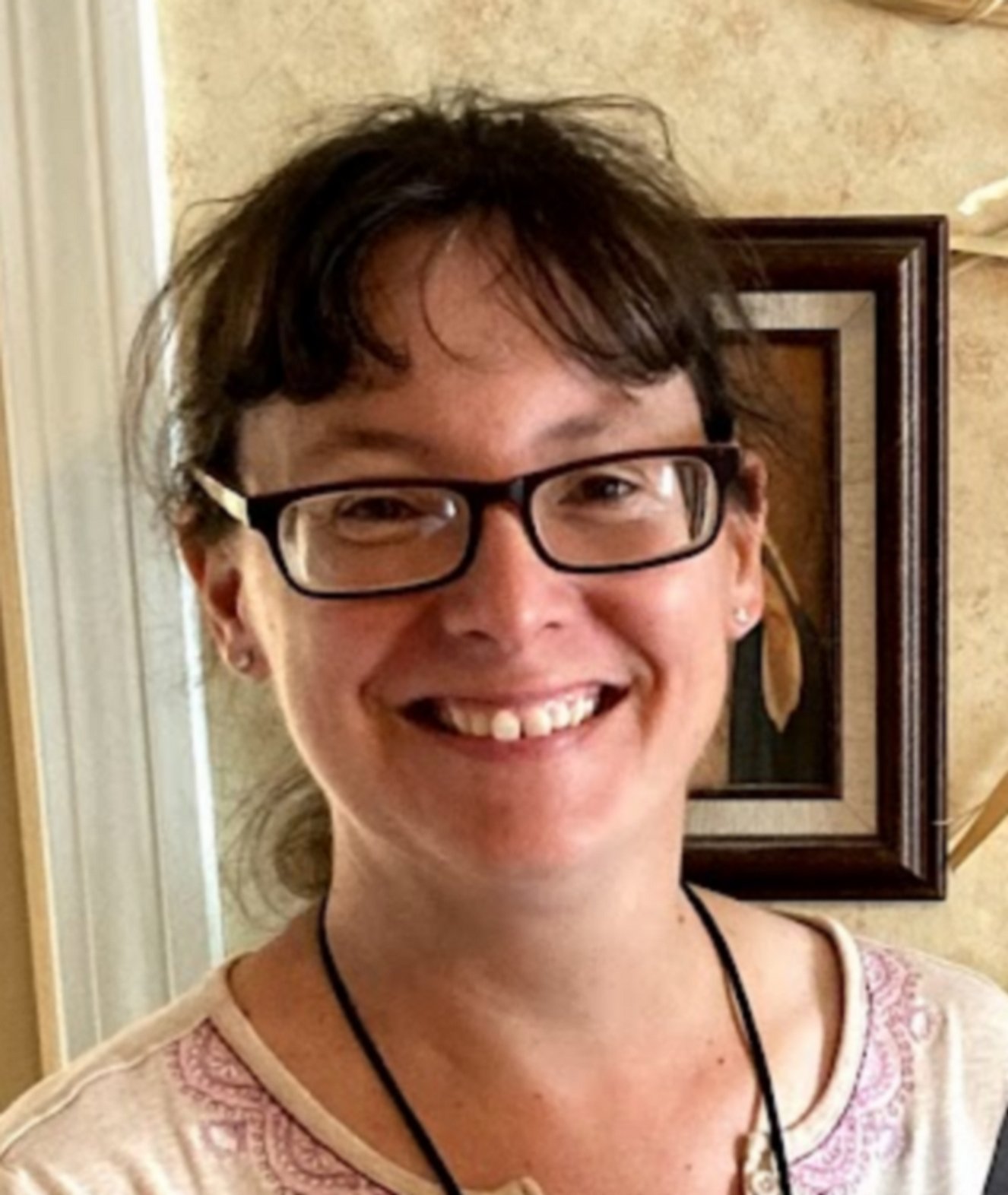
Patrice Fagnant-MacArthur finds Caryll Houselander's The Reed of God a timely read for Advent.
Caryll Houselander is one of those names that I’ve heard from time to time, but I had never read anything written by her. Houselander’s The Reed of God was first published in 1944. Ave Maria Press has republished it as part of their Christian Classics series.
Houselander was born in England in 1901. She was baptized at age seven when her mother converted and referred to herself as a “rocking-horse” Catholic. She left the Church when she was 16. She spent the next several years going to art school and exploring various religious traditions before returning to the Catholic faith in 1925. She was a single laywoman who identified with the poor and marginalized. She died in 1954.

In The Reed of God, Houselander offers several reflections on Mary, assuring her readers that “in contemplating her we find intimacy with God.” In considering Mary’s emptiness, Houselander shares that Mary “was a reed through which the Eternal Love was to be piped as a shepherd’s song.” In turn, Houselander invites us to consider how we might be able to empty ourselves so that Christ might work more fully in us. We have been made for His purpose.
Reflecting on Mary’s fiat, her yes to God at the Annunciation, leads one to consider what it truly means to surrender to God’s will for us and to completely trust in God. Houselander asserts that “the remedy for fear is trust in God.” This trust “will not set us free from suffering, but will set us free from anxiety, hesitation, and above all from the fear of suffering.”
During Advent, we wait with Mary, allowing Christ to grow in our lives as he grew within her body. And yet, “she knew that this little son of hers was God’s Son and that God had not given Him to her for herself alone but for the whole world.” This is an important lesson for all mothers. God gives us our children not only for our benefit but as a gift to the world. Our children do not belong to us. They are God’s first. By the same token, Christ is present in a special way in our children. “When you tell your child a story, when you play a game with your little son, you tell a story, you play a game with the Christ Child.”
Houselander also reflects on Mary’s suffering. In giving birth to Christ, she was also called to suffer with Him. God is present in all of our sufferings. As Houselander was writing these words during World War II, suffering was an ever-present reality. Those of us reading these words in our own tumultuous times can also reflect on what suffering means in our lives and where God fits in amidst life’s pain.
Houselander writes from a time and place different from our own. Some of her writings may seem a bit dated as she refers to life as she knew it in the 1940s, but her reflections on Mary offer much for people of all times to ponder. She holds Mary up as the archetype of a Christian.
The one thing that [Mary] did and does is the one thing that we all have to do, namely, to bear Christ into the world.
Reading The Reed of God will encourage you to focus on that essential role in Mary’s life and in your own.

Copyright 2020 Patrice Fagnant-MacArthur
This article contains Amazon affiliate links; your purchases through these links benefit the author.
About the Author

Patrice Fagnant-MacArthur
Patrice Fagnant-MacArthur has a master’s degree in applied theology and is the author of The Power of Forgiveness, Our Lady of La Salette: A Mother Weeps for Her Children, and The Life and Lessons of St. Zelie Martin. A mother of three, she is the editor of TodaysCatholicHomeschooling.com as well as a freelance writer and editor.


.png?width=1806&height=731&name=CatholicMom_hcfm_logo1_pos_871c_2728c%20(002).png)
Comments